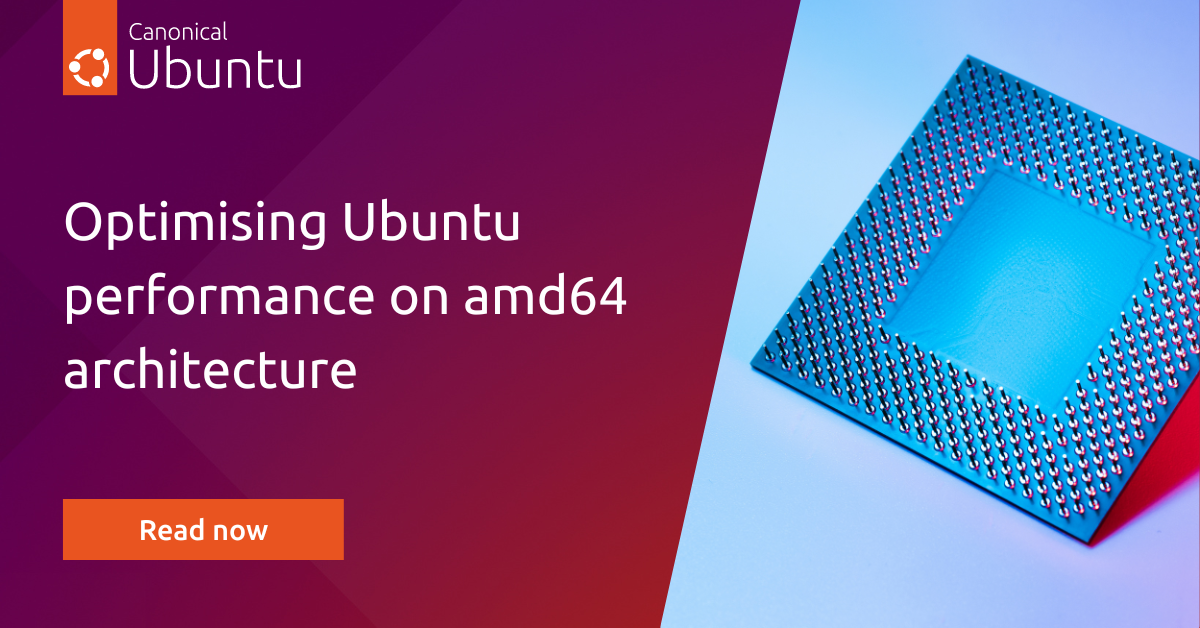Phoronix: AMD Ryzen 9 7950X & Intel Core i9 14900K: Ubuntu 22.04 vs. 23.10 vs. 24.04 Linux Performance
As part of my ongoing benchmarking of the newly-released Ubuntu 24.04 LTS Linux distribution, today's focus is looking at the high-end Intel Core i9 14900K and AMD Ryzen 9 7950X desktops while comparing the performance across Ubuntu 22.04.4 LTS, Ubuntu 23.10, and Ubuntu 24.04 LTS for dozens of workloads.
As part of my ongoing benchmarking of the newly-released Ubuntu 24.04 LTS Linux distribution, today's focus is looking at the high-end Intel Core i9 14900K and AMD Ryzen 9 7950X desktops while comparing the performance across Ubuntu 22.04.4 LTS, Ubuntu 23.10, and Ubuntu 24.04 LTS for dozens of workloads.



Comment